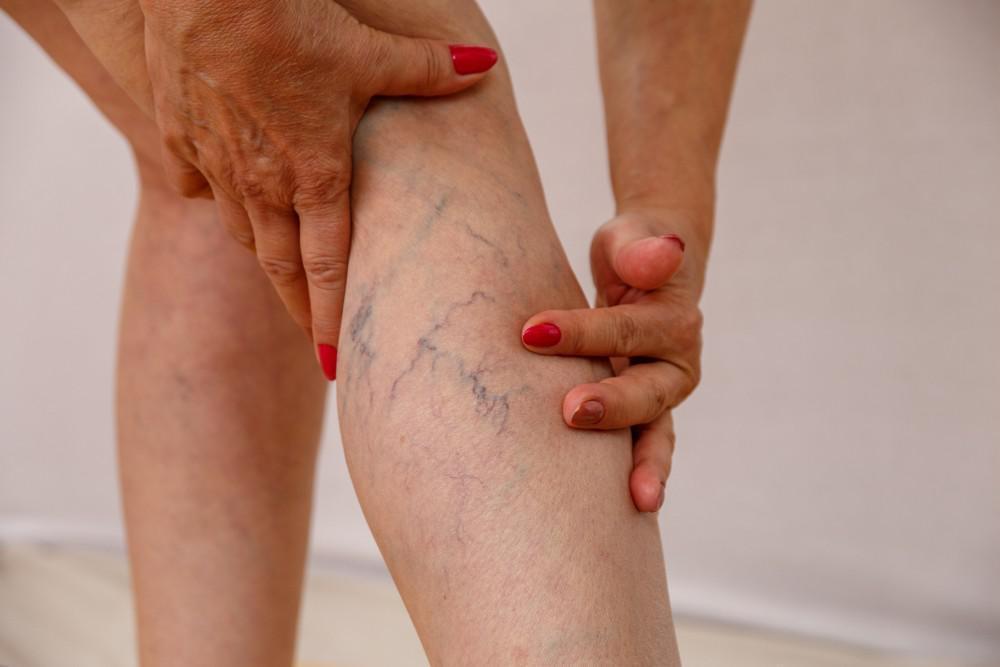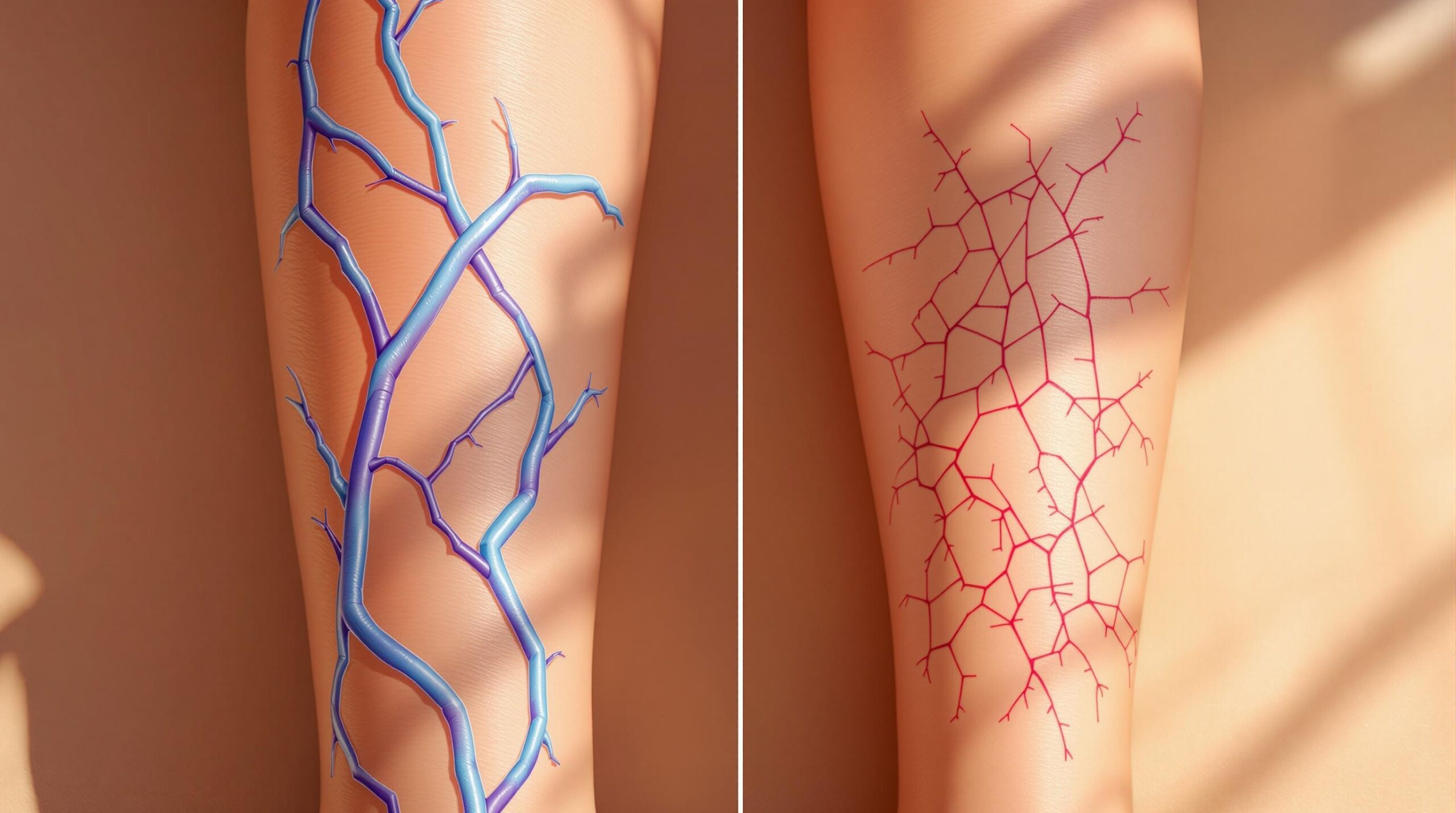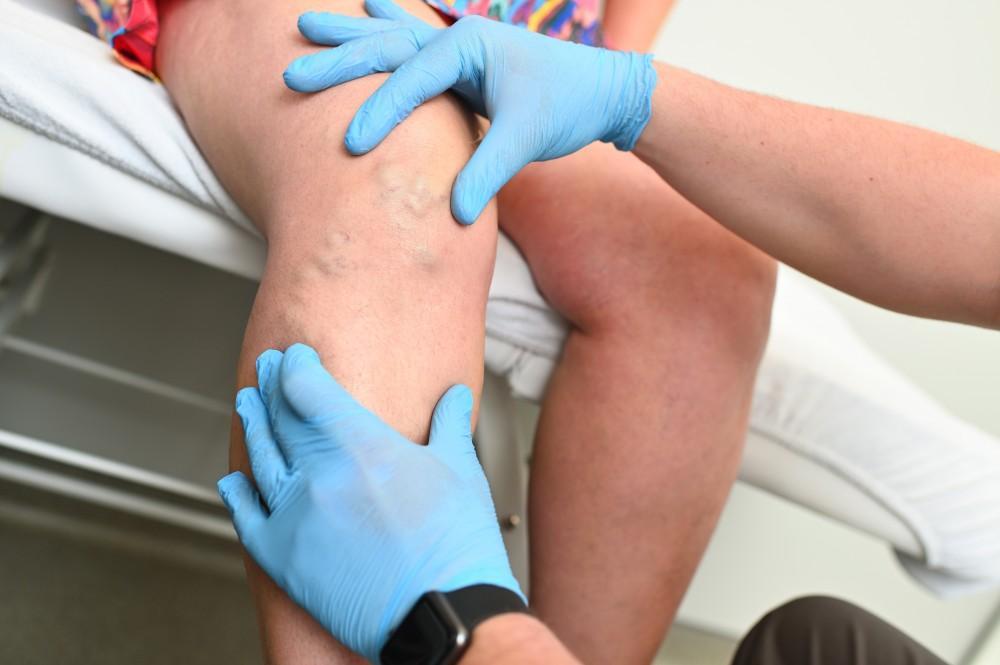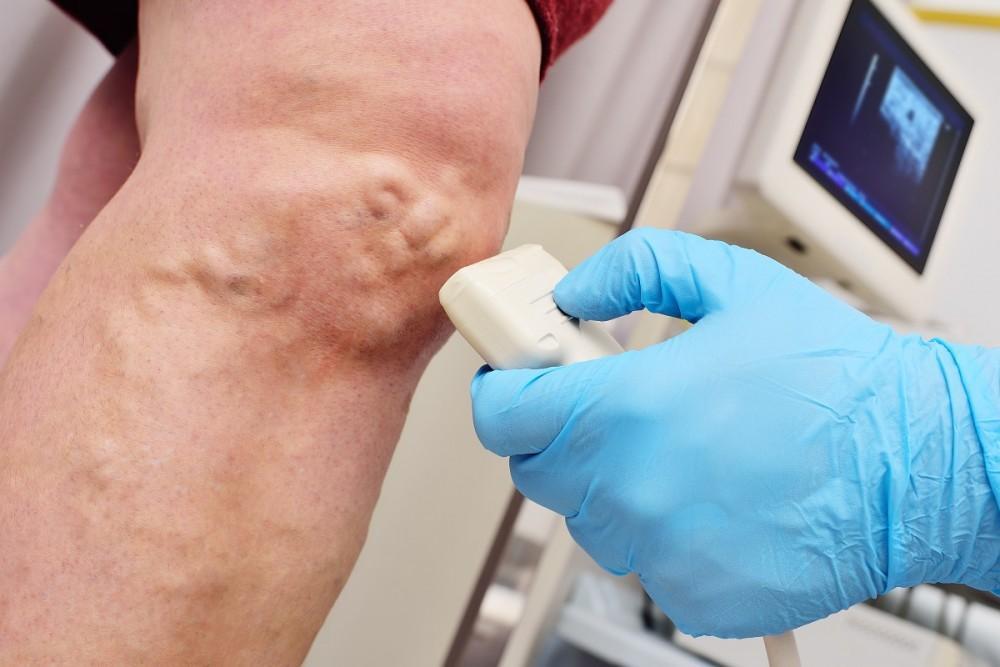Vein problems are more common than artery problems. The most common place to have issues with your veins is in your legs, a problem that affects more than 27% of Americans. The condition tends to worsen as you get older and can become serious, even disabling.
Vein problems more often occur in the legs because veins are designed for blood to flow through them in one direction, which means that over time, gravity takes its toll. Dr. Rishin Shah explains more about some of the most common vein problems we see here at Prime Heart and Vascular.
Varicose veins
Varicose veins are among the most common types of vein problems, affecting 20-25 million people. More often affecting women than men, varicose veins appear when the veins near the surface of your legs swell to a point that you can feel them through the surface of your skin.
Varicose veins occur when the valves in your veins fail or the blood vessel walls weaken. This can cause swelling in your legs, as well as pain from the twisted or swollen veins.
This condition can become uncomfortable and unappealing but is also a sign that you may be at greater risk for other heart-related problems.
Spider veins
Spider veins are small, damaged veins that can appear on your legs or face. On your legs, they are the result of the same weakening of the valves or blood vessel walls that also causes varicose veins.
On your face, they are more likely the result of sun damage or increased facial pressure.
In contrast to varicose veins, spider veins are generally painless because they don’t swell or become bulged and twisted.
Chronic venous insufficiency
Your blood vessels are designed to return blood flow back to your heart. In chronic venous insufficiency, they no longer do so effectively. Normally, the deep veins in your leg are squeezed when you contract your leg muscles, which helps keep the blood moving.
When this doesn’t occur, either as a result of not enough exercise or due to the veins themselves becoming weaker, it can cause blood to pool in your legs instead of returning it to your heart.
Symptoms of chronic venous insufficiency can include the following:
- Swelling in your legs or ankles
- Tight, achy, tired, restless, or heavy-feeling legs
- Discolored, itchy, or leathery skin
- Sores or ulcers that won’t heal
Deep vein thrombosis
Deep vein thrombosis (DVT) is the most serious type of vein problem. It’s the result of a blood clot, or thrombosis, forming in the deep vein within your pelvis or legs. This problem affects 2 million Americans every year and can even be life-threatening.
If the blood clot breaks loose from within your pelvis or legs, it can travel through the vein and become lodged in your heart or your lungs. This is called a pulmonary embolism, which can be fatal if not treated immediately.
Symptoms of a pulmonary embolism are similar to those of a heart attack. These symptoms can include:
- Chest pain
- Shortness of breath
- Fainting
- Rapid pulse
- Sweating
- Cough
Symptoms of a pulmonary embolism are always an emergency and require immediate treatment.
If you have symptoms of any vein problems, the best course of action is to have a doctor evaluate you. As a vascular specialist, Dr. Shah would love to speak with you. Contact us to request an appointment with Dr. Shah. We have offices in Plano, Frisco, Allen, and Carrollton, Texas.





